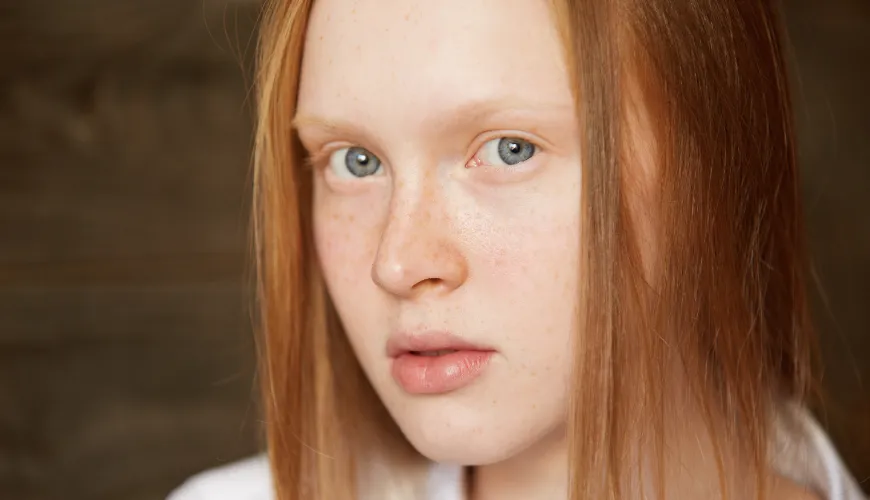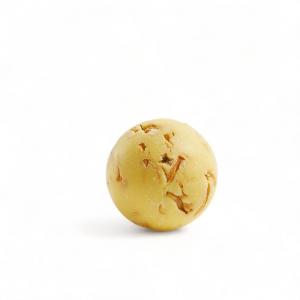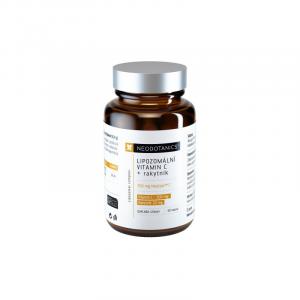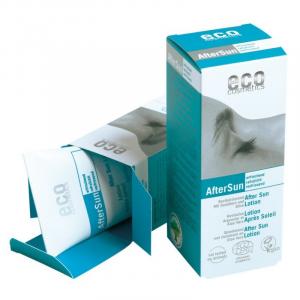
When Are Red Cheeks in a Child a Cause for Concern

What Do Red Cheeks in Children Indicate and How to Respond?
Parenting brings many joys, but also a constant need to monitor the health and well-being of our little ones. One phenomenon that can cause concern is red cheeks in children. Whether it's sudden redness or long-lasting red cheeks, it's important to understand what this condition signals and when to pay attention. Let's look at the most common causes of this phenomenon, how to recognize it, and what might indicate something more serious.
Natural Causes of Red Cheeks
Reaction to Temperature Changes
One of the most common and least concerning causes of red cheeks in children is a reaction to temperature changes. Children's skin is very delicate and sensitive, which means that any transition from a cold environment to warmth can cause temporary cheek redness. This phenomenon is especially common in winter months when a child returns from cold weather to the warmth of home. These red hot cheeks in children usually disappear quickly once body temperature stabilizes.
Physical Activity
Children are constantly on the move, whether running around the garden, playing on the playground, or participating in sports activities. During such exertion, blood circulation speeds up and the cheeks naturally turn red. Such red cheeks in children are not a cause for concern if the child otherwise feels well and has no other symptoms, such as fatigue or nausea. This type of redness is usually short-lived and disappears once the child calms down and rests.
Try our natural products
Possible Health Issues Associated with Red Cheeks
While red cheeks in a child are often harmless, there are situations where they may signal a health issue. It is important to observe whether the redness is not accompanied by other symptoms such as fever, rash, unusual fatigue, or behavioral changes.
Fifth Disease
One of the illnesses that manifest with characteristic cheek redness is fifth disease, also known as erythema infectiosum. This viral illness, caused by parvovirus B19, often occurs in children aged 4 to 10 years. At the onset of the illness, mild fever, fatigue, and muscle aches may appear. The characteristic sign is a rash that starts on the cheeks, appearing as bright red patches resembling a slapped face. This phenomenon, known as the "slapped cheek syndrome," is very typical for fifth disease.
Allergic Reactions
Another possible reason for your child's red cheeks is an allergic reaction. Allergies can be caused by foods, pollen, dust, or even certain types of cosmetics or detergents. In addition to red cheeks, other symptoms such as itching, swelling, watery eyes, or breathing difficulties may appear. If you suspect an allergy, it is important to seek medical help and possibly conduct allergy tests.
Try our natural products
Atopic Eczema
Atopic eczema is another condition that can cause red cheeks in children. This chronic skin inflammation often manifests with itching, dry skin, and redness. Eczema usually appears on the cheeks, neck, elbows, and knees. If you suspect atopic eczema, it is important to seek professional medical help and start appropriate treatment, which includes moisturizing the skin and applying special creams.
How to Care for Your Child's Skin
If your child develops red cheeks, it is important to focus on proper skin care. Primarily, you should ensure regular skin hydration with hypoallergenic creams, which help alleviate irritation and keep the skin soft and supple.
Try our natural products
Additionally, it's important to choose clothing made from natural materials like cotton, which allows the skin to breathe and minimizes the risk of irritation. Especially in winter months, when the skin can be dry and sensitive, it's advisable to use protective creams against the cold.
If the red cheeks in your child persist or are accompanied by other unusual symptoms, do not hesitate to consult your child's condition with a pediatrician. Quick and accurate diagnosis can prevent more serious health problems and ensure that your child quickly returns to being well.
When to Seek Medical Help
Red cheeks in children are not always a cause for concern, but there are situations where you should be alert and consider visiting a doctor. If red cheeks are accompanied by fever, significant fatigue, rash on other parts of the body, or if the child feels unusual, it is appropriate to consult a specialist.
Especially in cases where you suspect an allergy or if red cheeks appear repeatedly and are accompanied by itching or swelling, it is important to seek medical help as soon as possible. Timely diagnosis and treatment can prevent complications and ensure that your child quickly returns to being well.
Red cheeks in a child can have various causes, from harmless reactions to temperature or physical activity to symptoms of more serious illnesses. It is important to pay attention to other symptoms and the overall condition of the child. With a sensitive approach, proper care, and timely consultation with a doctor, you can ensure that the child's skin remains healthy and your child stays safe and comfortable.

















